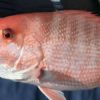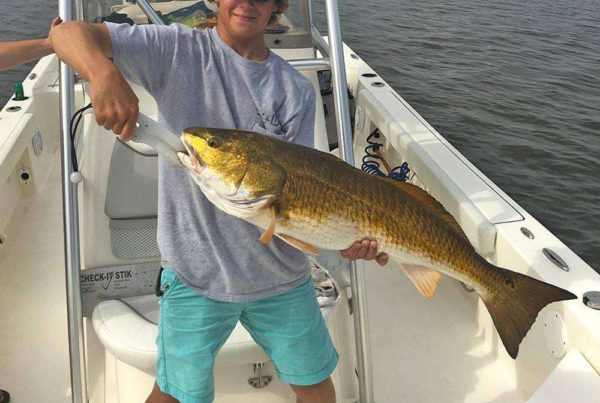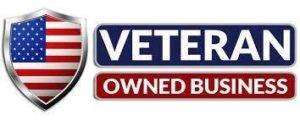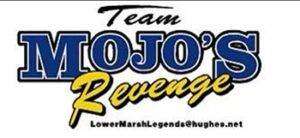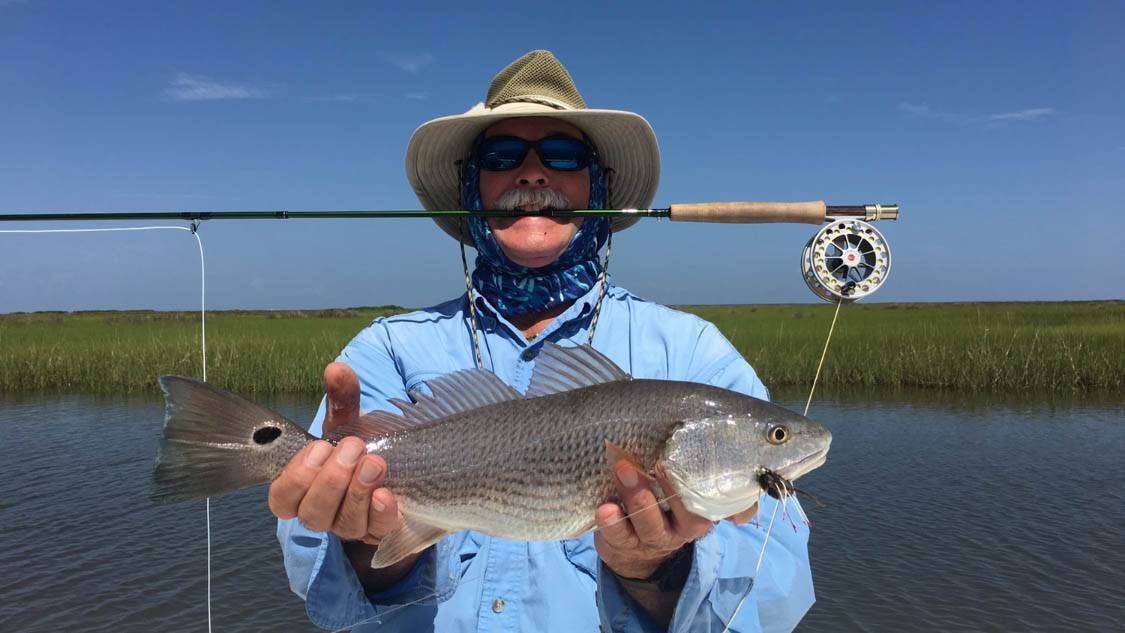
Last Updated on August 27, 2021 by Eric Bonneman
Searching for and catching redfish inside of coastal marsh grass systems is one of the most popular ways to target the species. This is due to varying reasons, but all of which revolve around hooking up with the infamous “marsh donkey”.
Redfish In The Marsh
The coastal marsh grasses along the Gulf of Mexico are expansive estuary systems that have feeds from both the Gulf itself and inland rivers. As you get deeper into these systems you’ll find yourself fishing mainly brackish waters. A few inshore species tend to thrive in this zone, including redfish.
Redfish will venture into this system mainly for food. Baitfish will congregate in coastal marsh systems to stay hidden and find some protection. Redfish know this and venture back into these mazes on the hunt for laid-up prey.
The nickname “marsh donkey” is a common one utilized by inshore anglers who regularly target redfish in the marsh. There are probably 1,001 reasons folks utilize this nickname, but here are some of the main ones:
- They Can Be Stubborn
- They Pull Extremely Hard
- They Will Put Up A Fight When Things Aren’t Going Their Way
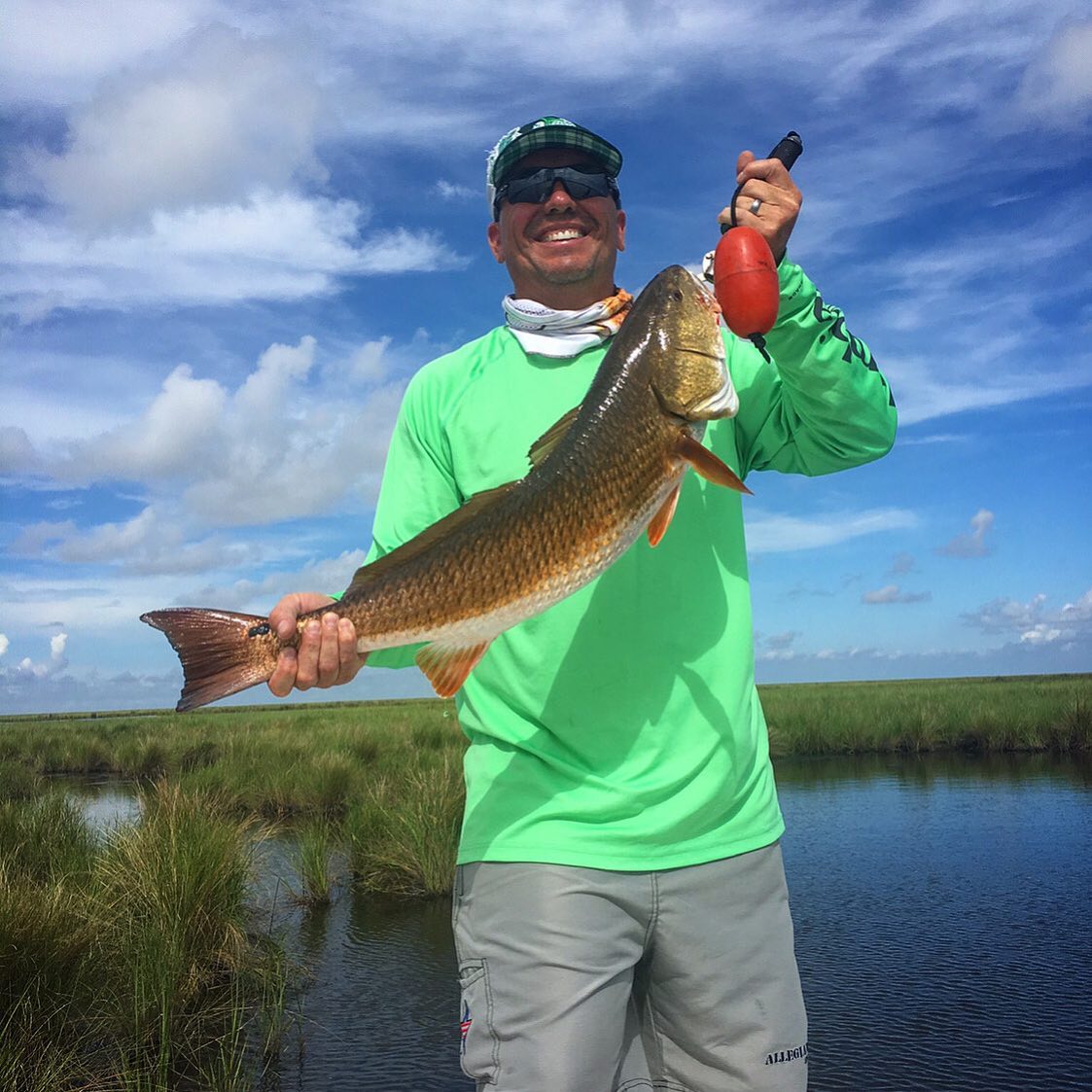
Tactics For Catching Marsh Redfish
Thankfully, in most coastal marsh fisheries, redfish can be found all year long. While tactics and locations definitely change in the winter months, most of the rest of the year provides ample opportunity to target marsh redfish.
Stealth is a priority when in these marsh systems. Fish back here can get hyper-sensitive to vibrations and noise due to the silence of their surroundings. In this, stay quiet and move slowly.
Following tides is the next order of business. Whether incoming or outgoing, redfish move and more often than not feed aggressively during these swings. Depending on the area, some redfish may actually move up river systems at low tide, while in other areas they move out onto the coastal flats. This is something that will be unique to your specific fishery and will take some research and study to figure out.
When all else fails, “bang the shoreline”. What this means is to work the edges of the marsh waterways with your lure or bait of choice. Redfish will most likely be found in some sort of sub-surface structure that also happens to be where baitfish are hiding. This is not always visible from above, so steady working the edges is a great way to turn around a slow-looking day. Definitely concentrate on anything resembling an ambush point. What this means is small pockets in the marsh grass found along the edge, around corners, and at choke points with water flowing through.
Regardless of your tackle and bait/lure choice, always “match the hatch”. This basically means utilize whatever the redfish are actively feeding on during the time of year you are out. In cooler months this is mainly crustaceans (shrimp, small crabs), and in summer months this can switch to baitfish, even those on the surface.
Lastly, use your eyes. Sight fishing for redfish is one of the most sought-after styles of marsh fishing this species, because, well, nothing beats it. Whether seeing a group of tails up in the air while they bottom feed, a head pushing wake across the surface, or summertime surface explosions – these all indicate exactly where the redfish are. During highly active times of the year, you will find yourself moving from one sighted location to the next.
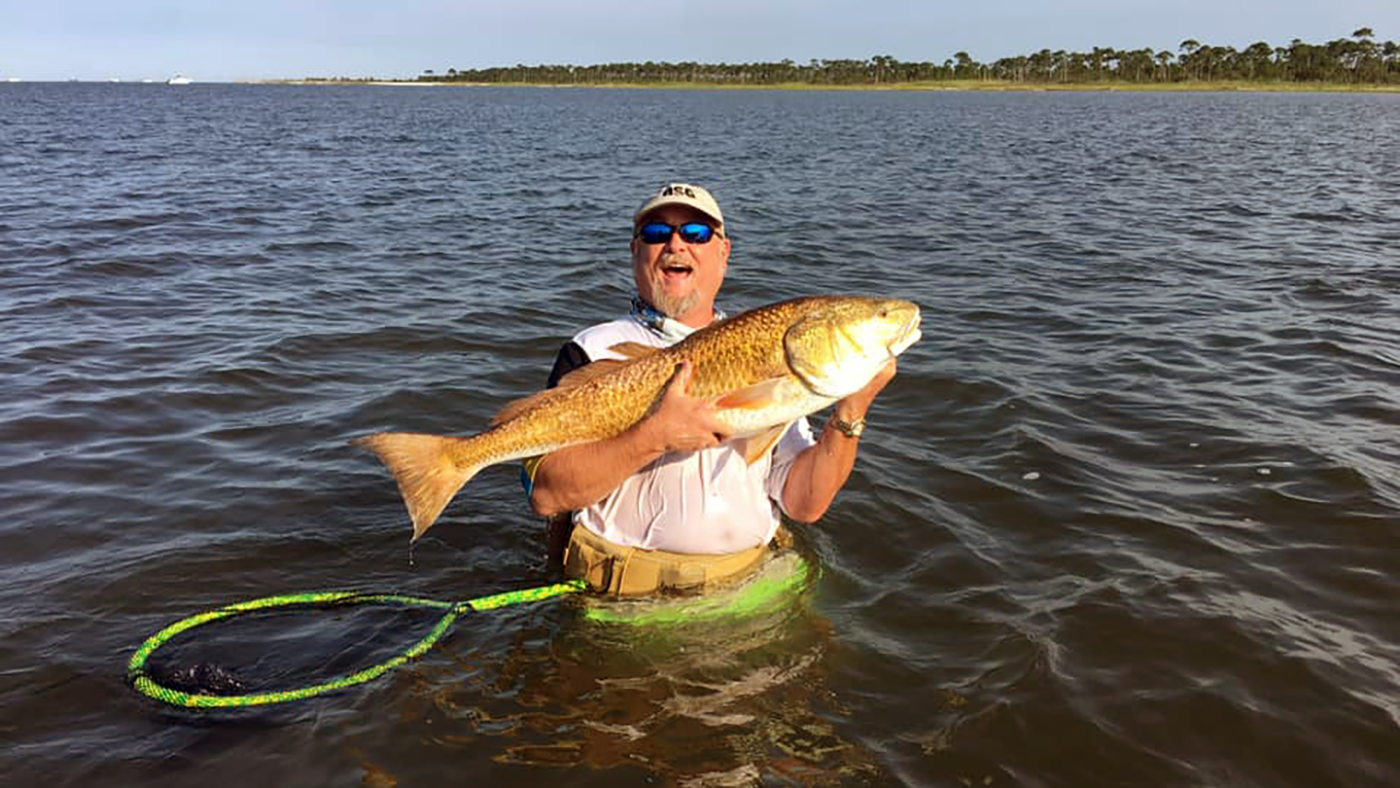
Best Times Of The Year For Marsh Fishing Redfish
When to fish for coastal marsh redfish is easier defined by when not to. As with most coastal species, they prefer warm water. On extremely cold days, it will be extremely hard to locate feeding redfish in the marsh.
Some areas are blessed during this time of year with redfish that migrate up coastal river systems. Mainly, those coastal river systems that are spring-fed. The reason for this is that underwater springs provide a steady and temperate temperature all year long. When this species is looking for warmer water, this is where they head.
In sort of the same fashion, some areas have coastal power plants. These power plants use the ocean water to keep things cool inside. Once this water has run through their systems it is exhausted back into the bay as warm water. In areas that have these, this discharge (if you are allowed to fish it) will hold a ton of species through the winter – including redfish.
Most anglers prefer warmer days and for good reason. In warmer weather, starting in Spring and lasting until Fall, redfish go after a plethora of presentations and do so more aggressively than in the winter. Alongside, especially in the Summer, you get the unique opportunity to catch redfish on topwater lures. Watching your topwater literally explode from a bull redfish hit is something that compares to little else.
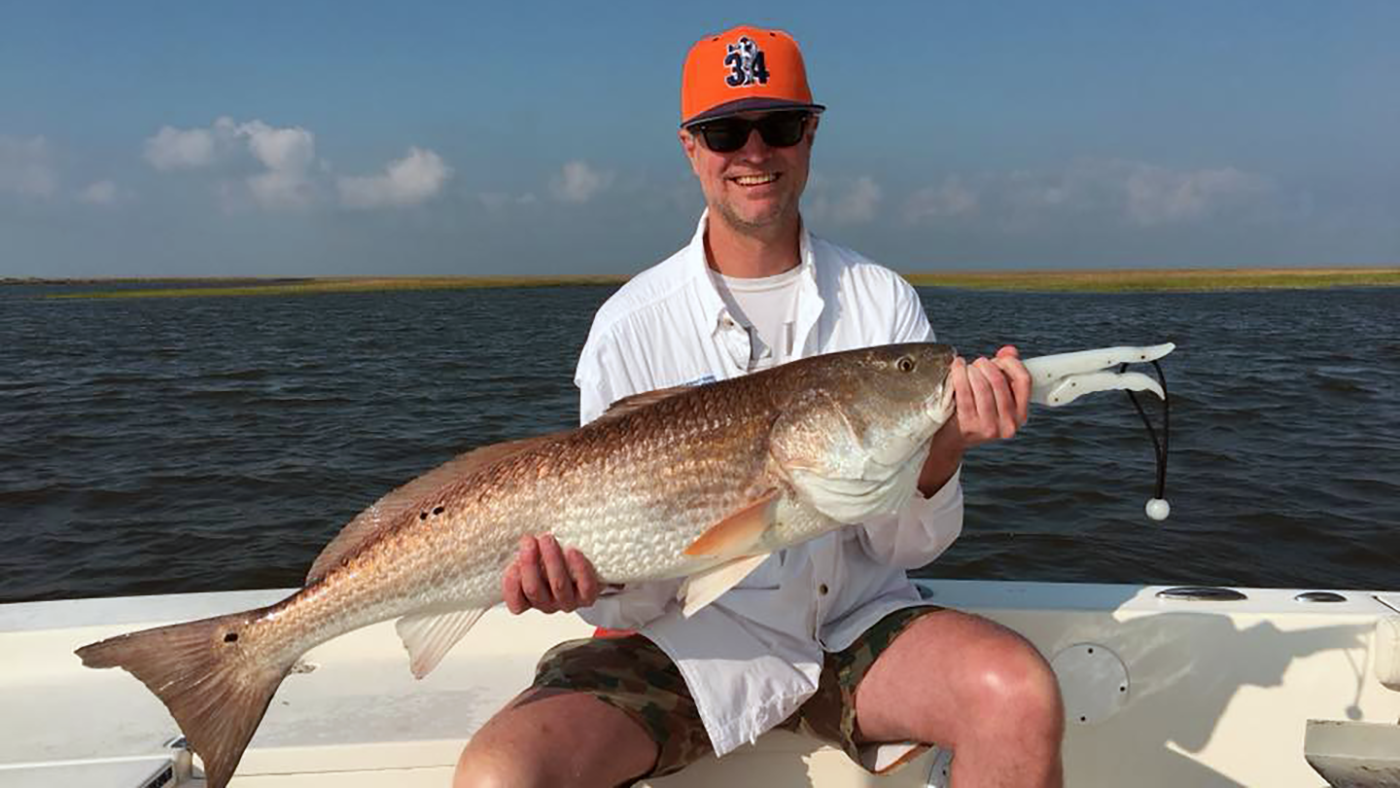
Start With A Local Guide
If you are new to all of this and want to get the fast track into one of the most obsessive hobbies you will ever partake in – hiring a local guide is the way to go. There is a lot that goes into targeting redfish in the marsh, and while a fishing guide with years of experience will make it look easy, those simple tactics, tips, and tricks have taken years to develop.
Capt. Mark Wright here at Legends Of The Lower Marsh is just such a guide. He specializes in coastal redfish specifically found in the marsh systems of both Louisianna and Mississippi. These areas are at the heart of the redfish marsh fishing movement and are well known as the places to find big, bull redfish.
Learn More: Louisiana Marsh Fishing Charters
Ask A Question: Contact Us
Reserve Today: Reservations

